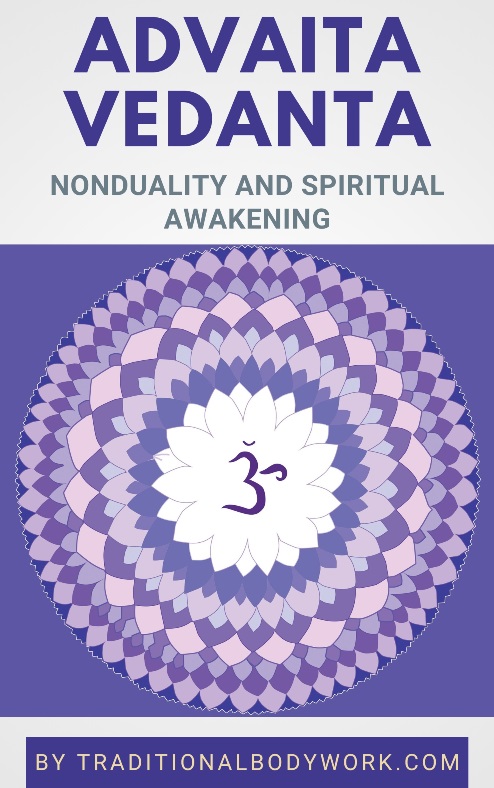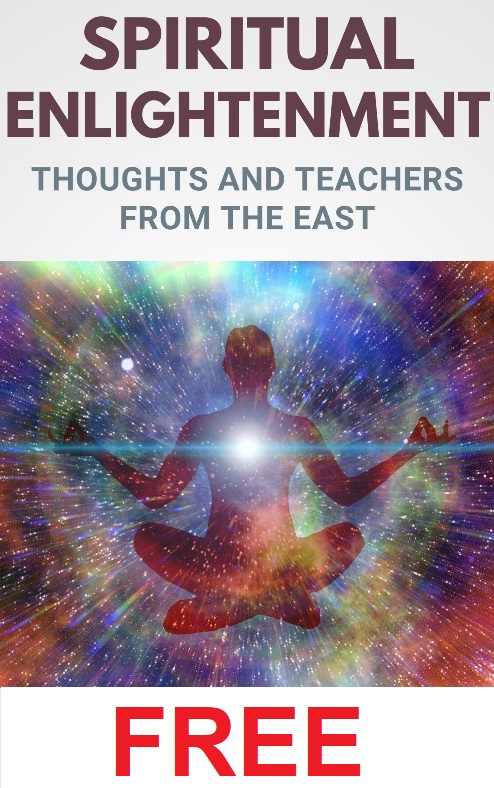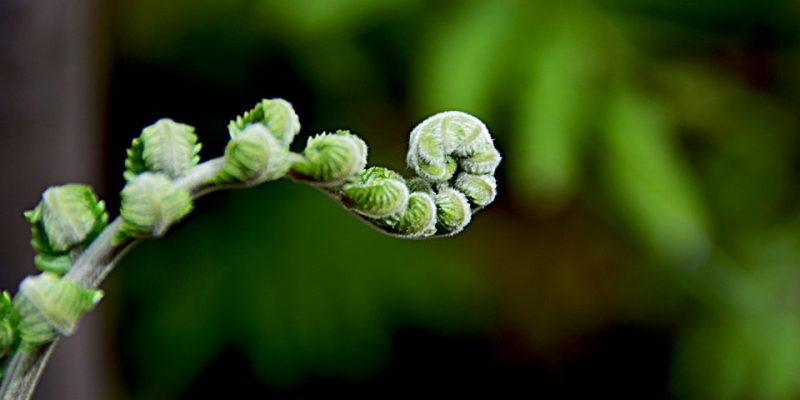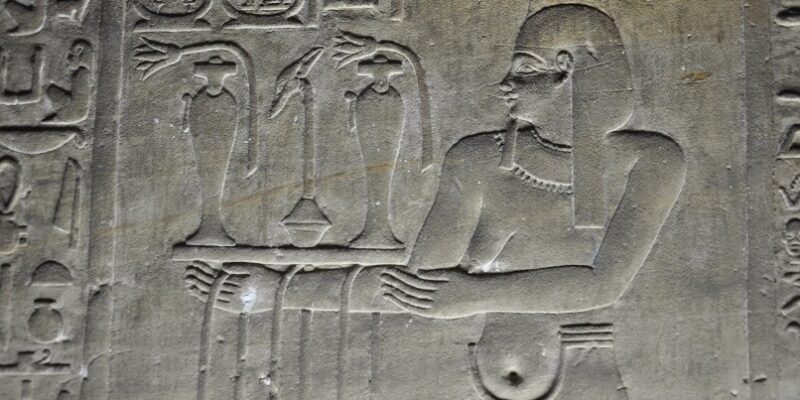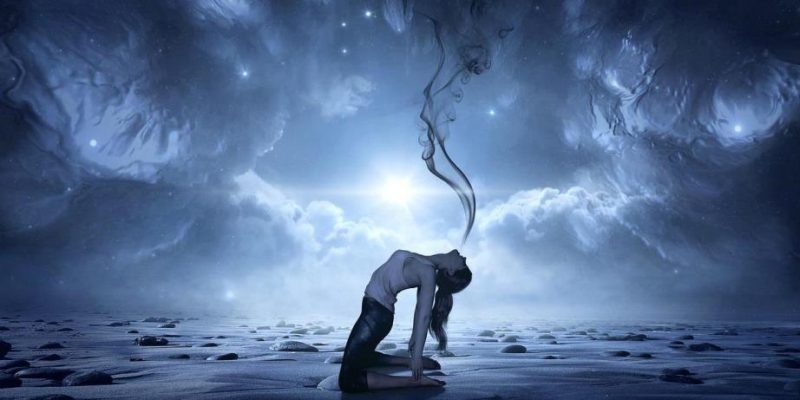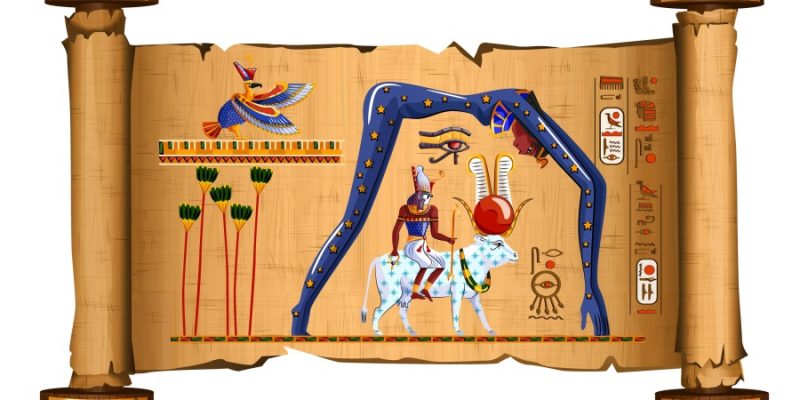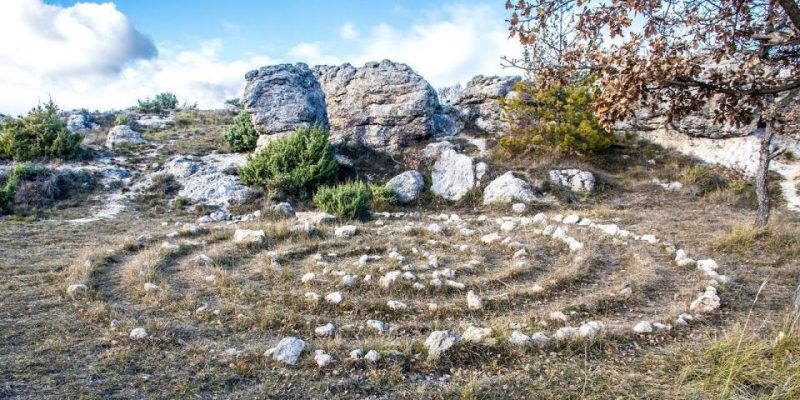
Ka was the ancient Egyptian concept of Vital Essence, and part of the very complex life and afterlife belief system of the ancient Egyptians.

It was thought that everyone had an individual Ka, being part of the “soul” or “spirit,” which consisted of the triple-idea of Ka, Ba, and Akh. While being alive the Ka was in the body, but when someone died, the Ka left the body, yet continued to exist as a kind of “double” in some way connected to the dead body.
The Ka needed the same nourishment as a person after they died. As such, foods and drinks were regularly offered to the dead, but it was believed that it was the Ka Life Force within the offerings that was actually consumed by the soul.
In fact, this was an important reason to preserve the body, which resulted in the famous mummies from the ancient Egyptians. The Egyptians thought that the mummified body was the home for the soul or spirit, and that without the body the spirit (or soul) would be lost.
In some regions of Ancient Egypt it was believed that — when a child was being born — the Ka was breathed into the body by the Gods to give it life.
Nevertheless, one must take into consideration that the concept of Ka changed several times during the many millennia of the ancient Egyptian civilization.

